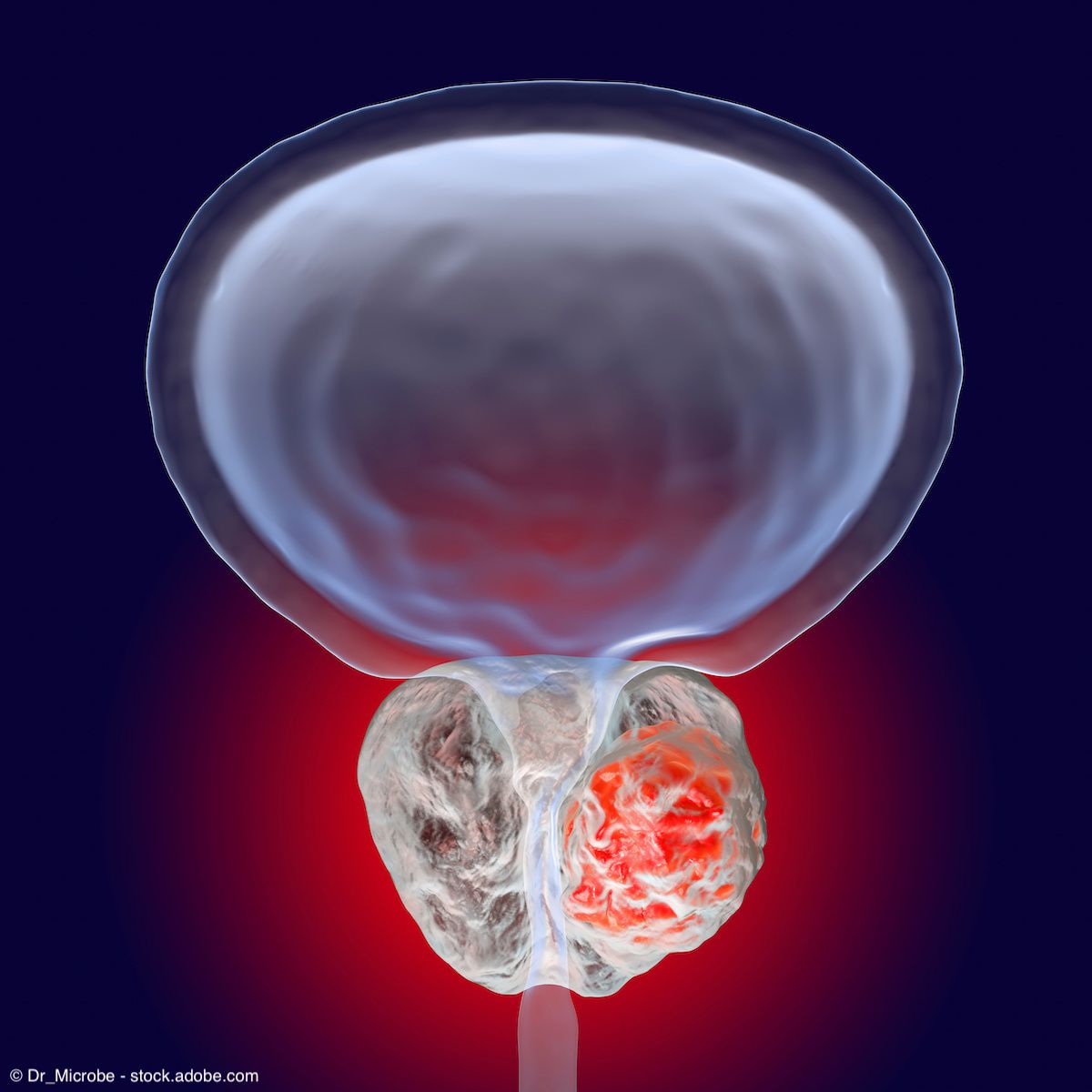Article
Prevent burnout by restoring professional fulfillment
“The answer is to remove the barriers and frustrations that are causing burnout so that physicians can focus on their role as care providers,” advises Paul DeChant, MD, MBA.
Physician burnout has become an increasingly serious issue over the past decade with significant consequences for both physicians and patients. In his talk at the LUGPA annual meeting in Chicago, Paul DeChant, MD, MBA, told attendees that the way to address this problem is to return joy to patient care by creating a positive environment where physicians can again focus on their patients.
“Initial efforts towards preventing and resolving physician burnout centered around helping physicians to be more resilient in the face of all of the challenges coming at them, but that does not address the root cause of the burnout. Instead, it leaves physicians in a work environment where it is difficult to be successful and in a chronic situation that does not give them a chance to recover,” said Dr. DeChant, of IBM Watson Health and a professional with 25 years of clinical experience as a family physician and 30 years of experience managing medical groups.
“The answer is to remove the barriers and frustrations that are causing burnout so that physicians can focus on their role as care providers.”
The approach involves creating management systems and management processes that ensure physicians have all of the resources they need to promote their healing interactions with patients. And its success depends on active physician participation.
“This is not work that can be done by someone from the outside who is a so-called ‘expert’ or by managers and administrators. Leadership support is definitely needed, but while physicians may feel they do not have time to get involved in improvement activities, they must become engaged. If they don’t, they risk redesigns that fail to address the challenges they face, which then fail to meet their needs,” Dr. DeChant said.
Next: Map out patient flow, conduct morning 'huddles'
The first step to developing solutions is to identify the existing problems, and that is done by mapping out patient flow through a hospital stay or in an office visit. In addition, day-to-day issues are addressed through morning “huddles.”
“Huddles are short, stand-up staff meetings that focus on specific problems that can interfere with the ability to deliver patient care. They allow everyone to know what immediate demands they might face so that they can develop contingency plans for that day and also initiate a plan as needed to quickly resolve the issue,” Dr. DeChant explained.
Problems that cannot be resolved this way through the efforts of frontline personnel are brought to the attention of management and escalated up to whatever level is needed to achieve a timely resolution. Having these leaders spend time at the front lines of care is important because by seeing and understanding the challenges, they are more likely to respond quickly when their help is needed.
In addition to becoming involved in developing solutions to problems, management’s role in creating a positive work environment requires that it clearly communicates the organization’s vision, mission, and values along with the metrics that are being used to measure success, and there must be feedback to individual frontline workers on their contributions.
Read: How care process models can help your practice
“With all of these efforts, we also create organizations that are effective and adaptable to dealing with whatever changes are happening in the external environment. Remember that Darwin said it is the species that is the most adaptable to change that survives, and that is what we need in health care organizations today.”
Dr. DeChant discussed his personal experience to show that the approach he outlined works. He told attendees that in the 5 years he served as CEO for the Sutter Gould Medical Foundation in California, the medical group was ranked highest among 170 groups in the state by Consumer Reports for 2 consecutive years. In addition, results from American Medical Group Association surveys showed that over the 5 years of Dr. DeChant’s leadership, physician satisfaction rose from the 45th to the 87th percentile.
“Other organizations following this program have done similarly because it is a process that can work when there is dedicated leadership and committed physicians willing to work together to implement a real plan,” Dr. DeChant said.
“Everyone within an organization will do well if its members adopt an attitude of respect for each other and are empowered to solve their problems.”
More from Urology Times:
LUGPA advocacy targets self-referral laws, USPSTF reform
Urology-specific APMs to encompass PCa, BPH, OAB
LUGPA puts resources behind key policy initiatives, future leaders
To get weekly news from the leading news source for urologists, subscribe to the Urology Times eNews.

















